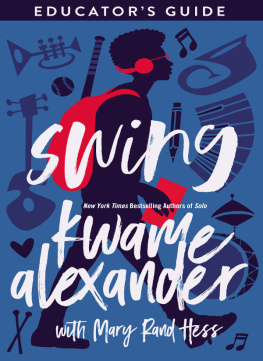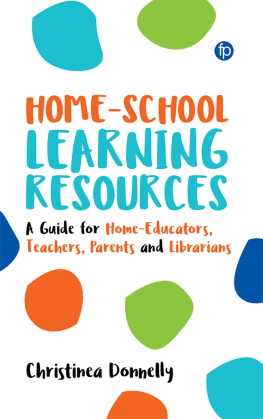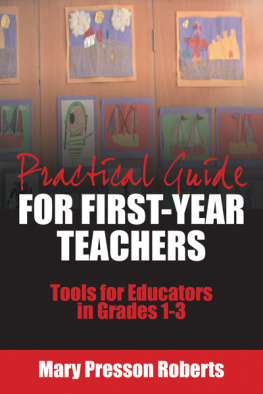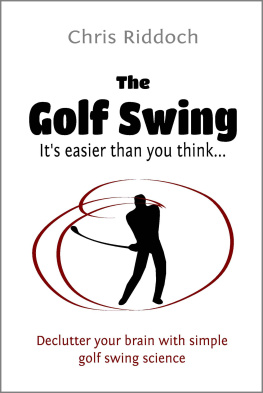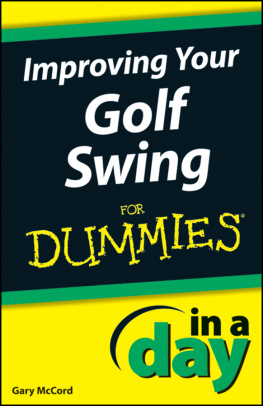Kwame Alexander - Swing Educators Guide
Here you can read online Kwame Alexander - Swing Educators Guide full text of the book (entire story) in english for free. Download pdf and epub, get meaning, cover and reviews about this ebook. year: 2020, publisher: Blink, genre: Children. Description of the work, (preface) as well as reviews are available. Best literature library LitArk.com created for fans of good reading and offers a wide selection of genres:
Romance novel
Science fiction
Adventure
Detective
Science
History
Home and family
Prose
Art
Politics
Computer
Non-fiction
Religion
Business
Children
Humor
Choose a favorite category and find really read worthwhile books. Enjoy immersion in the world of imagination, feel the emotions of the characters or learn something new for yourself, make an fascinating discovery.
- Book:Swing Educators Guide
- Author:
- Publisher:Blink
- Genre:
- Year:2020
- Rating:4 / 5
- Favourites:Add to favourites
- Your mark:
- 80
- 1
- 2
- 3
- 4
- 5
Swing Educators Guide: summary, description and annotation
We offer to read an annotation, description, summary or preface (depends on what the author of the book "Swing Educators Guide" wrote himself). If you haven't found the necessary information about the book — write in the comments, we will try to find it.
Swing Educators Guide is a companion to Swing by Kwame Alexander and Mary Rand Hess. This guide can be utilized in the classroom, in a home school setting, or by parents seeking additional resources. Ideal for grades 7-12.
Swing Educators Guide — read online for free the complete book (whole text) full work
Below is the text of the book, divided by pages. System saving the place of the last page read, allows you to conveniently read the book "Swing Educators Guide" online for free, without having to search again every time where you left off. Put a bookmark, and you can go to the page where you finished reading at any time.
Font size:
Interval:
Bookmark:

Information about External Hyperlinks in this ebook
Please note that footnotes in this ebook may contain hyperlinks to external websites as part of bibliographic citations. These hyperlinks have not been activated by the publisher, who cannot verify the accuracy of these links beyond the date of publication.
Kwame Alexander with Mary Rand Hess
Swing
Educators Guide
Grade Level 9 12

Formats
Jacketed Hardcover
9780310761914
Pages: 448
Suggested Retail Price 18.99
Digital
9780310761921
Suggested Retail Price: 24.99
Audio CD
9781974917297
Suggested Retail Price: 29.99
MP3 CD
9781974917303
Suggested Retail Price: 19.99

Section 1:
Summary and Introduction
When America is not so beautiful, or right, or just, it can be hard to know what to do. Best friends Walt and Noah decide to use their voices to grow more good in the world, but first theyve got to find cool.
Walt is convinced junior year is their year, and he has a plan to help them find the girls of their dreams and become amazing athletes. Never mind that he and Noah failed to make the high school baseball team yet again, and Noahs love interest since third grade, Sam, has him firmly in the friend zone. Noah soon finds himself navigating the worlds of jazz, batting cages, the strange advice of Walts Dairy Queen-employed cousin, as well as Walts own perceptions of what is actually cool. Status quo seems inevitable until Noah stumbles on a stash of old love letters. Each page contains the words hes always wanted to say to Sam, and he begins secretly creating artwork using the lines that speak his heart. But when his private artwork becomes public, Noah has a decision to make: continue his life in the dugout and possibly lose the girl forever, or take a swing and make his voice heard?
At the same time, numerous American flags are being left around town. While some think its a harmless prank and others see it as a form of peaceful protest, Noah cant shake the feeling something bigger is happening to his community. Especially after he witnesses events that hint divides and prejudices run deeper than he realized.
As the personal and social tensions increase around them, Noah and Walt must decide what is really true when it comes to love, friendship, sacrifice, and fate.
In Swing, New York Times bestselling authors Kwame Alexander and Mary Rand Hess (Solo) tell a story about hope, courage, and love that will speak to anyone whos struggled to find their voice.
In this guide, educators find support in helping students explore the layers of meaning and writing craft in this powerful novel in verse. Many options are presented in each key area, so educators can choose which instructional activities will be most exciting and engaging for their students.
- Noah Wallace: the narrator
- Walt (Walt Disney Jones): also known as Swing; best friend of Noah
- Moses (Mo): Walts older brother, a soldier
- Sam (Samantha): Noahs friend and crush
- Divya: older teen, thrift store employee, and Walts love interest
- Cruz: Sams on-again, off-again boyfriend
- Floyd: Walts adult cousin and source of advice
- Noahs parents; Walts mom and stepdad
- Granny: Noahs grandmother
- Robert: the mysterious jazz musician
(Note: If students have read the novel Solo, ask if they recognize a crossover character from Solo who also appears in Swing.)
Many of the storys characters have nicknamesWalt gives himself his own nickname, Swing. Noah calls Walt the King of Swing, Sultan of Smooth, and Rambo of Rhythm and Romance. His new nickname could refer to the baseball swing, the swing dance, the swing vote, and more. Occasionally, Sam and Noah insult each other with creative labels like Sucknerd, Toadlip, Horsehead, and Big butt (p. 38). And when Noah gets a new car (his grandmothers old truck), he names it Granny after her. Talk about how names and nicknames affect our perception of people (and things) and how they may even have multiple meanings. Consider how these complex characters develop through the narrative. What surprises you? What seems to be inevitable? Which poems seem most pivotal in revealing each major character?
Just for fun, challenge students to find out the derivation and story behind their own names or nicknames. Possible sources for examining naming derivations and trends include:
- BabyNames.com
- Parents.com/baby-names/
- Babble.com/baby-names/

Section 2:
Characters and Characterization
A good place to begin in peeling away the layers of a good book is considering the characters whose lives and conflicts drive the story. It can be helpful to identify the main characters of the story and learn their names and nicknames, an important part of this story (and the title of the book). Talk about the names of each of the major characters and speculate about the significance of each, particularly as the story moves along and students learn more about each one.
As students read or listen to this verse novel, encourage them to visualize each of the main characters and talk about what they look like and how they talk and act. Work together to draw character sketches or find magazine or web-based images that students think depict these main characters. Some students may enjoy imagining casting their own movie version of Swing and deciding which actors might play which roles.
Noahs friendships are anchored in third grade. Invite students to reflect and share their own memories of third grade and young childhood.
- What were YOU like in third grade?
- What do you remember about that school year?
- What happened then that might have shaped who you are now?
- Do you still have some of the same friends from elementary school? How have those friendships changed or evolved with time?
The friendships and relationships are an essential part of this novel in verse and of the evolving plot. Noah and Walt have been longtime best friends. Noah thinks of Sam as a potential love interest, but she views him as a platonic friend. Invite students to think about their own friendships and how good friends share characteristics in common that unite them, but each is still a unique individual. Sometimes these similarities are bonding and sometimes boring. Sometimes conflicts unite us and sometimes they end relationships. How we respond can make the difference, as Noah and Sam reveal. Students can explore these dynamics with a simple Venn diagram showing Noah, Walt, and Sam and their points of connection and difference. Or students may want to explore their own selves and friendswhich attributes are unique to each person and which might be shared.
CCSS.ELA-Literacy RL.9-10.3; 11-12.3
Font size:
Interval:
Bookmark:
Similar books «Swing Educators Guide»
Look at similar books to Swing Educators Guide. We have selected literature similar in name and meaning in the hope of providing readers with more options to find new, interesting, not yet read works.
Discussion, reviews of the book Swing Educators Guide and just readers' own opinions. Leave your comments, write what you think about the work, its meaning or the main characters. Specify what exactly you liked and what you didn't like, and why you think so.

